I sit tight against the fireplace. Outside the snow is flying and the air biting. In front of me is a steaming cup of coffee and about a half dozen seed catalogs.  Could a cold winter day be spent any better than this?
Could a cold winter day be spent any better than this?
Despite the garden being under several inches of snow, with more to come I’m sure, I’m getting ready for the upcoming market season. You might think it a bit early, but actually preparations for the coming season had already begun even before the past season had ended.
For instance, cover crops were sown, garlic planted and mulched and blueberries (although just a few plants) were heavily mulched. Leaves were raked and piled high to break down for future use, and the list goes on.
Keeping good notes from season to season will allow you to make good decisions for the coming season. And during the winter I will pore over these notes as to not make the same mistakes or to keep a good thing going. I also jot down notes on ideas that I would like to try the next season.
Before I get into the seed buying I will diagram the entire garden area as to what I would like to grow and how many rows I will need. Typically I like to work in 100 foot rows as that makes my thinking progress work a little easier. If I am working with a bush green bean for example, and want two rows, I would use about a pound of seed, ½ lb. per row. If you are use to keeping 100 ft. rows or even 50 ft. you can get a pretty good estimate on how much seed you will need for each row.
 Next I give myself a rough guess (marketing) on how much product I hope to sell and thus make my decision on how many rows to give that particular piece of produce. I determine this with a production of a perfect growing season ( of which we know that this very fact is not easily attained with all the variables of weather, disease, predators etc.). As the bush beans as an example again and under perfect conditions an average yield might be 110 pounds of beans per 100 feet. How many pounds of beans do you think you might sell? Or want to sell? Base your total seed count on this. Keep in mind now that you want to have a continuous growing season; I do not plant my seeds all at once. Much of the beans sell early in the season so I will plant two rows early and then another 100 ft. row a few weeks after the first planting, and so on. This is called succession planting and keeps you going well into the season. You can do this with any species of plant
Next I give myself a rough guess (marketing) on how much product I hope to sell and thus make my decision on how many rows to give that particular piece of produce. I determine this with a production of a perfect growing season ( of which we know that this very fact is not easily attained with all the variables of weather, disease, predators etc.). As the bush beans as an example again and under perfect conditions an average yield might be 110 pounds of beans per 100 feet. How many pounds of beans do you think you might sell? Or want to sell? Base your total seed count on this. Keep in mind now that you want to have a continuous growing season; I do not plant my seeds all at once. Much of the beans sell early in the season so I will plant two rows early and then another 100 ft. row a few weeks after the first planting, and so on. This is called succession planting and keeps you going well into the season. You can do this with any species of plant  as long as the season allows. For the beans then if I hope to sell 500 pounds I will get at least 2 ½ lbs. of seed to cover that.
as long as the season allows. For the beans then if I hope to sell 500 pounds I will get at least 2 ½ lbs. of seed to cover that.
What will I grow? Of course I will plant the best selling produce from year to year and will always try to throw in a few new things or try new varieties. If you are just beginning a market garden your mind can go crazy on what to grow. But once you have a few years under your belt and a folder full of good notes, this process will get easier.
Making a trip to the local supermarket will be a big help. I like to see what they are selling and keep tabs on the prices. I’ll visit once a week until planting time. Shelf space determines consumer use. If an item has a few feet of space then it is probably a good seller for the store. This can make decisions for you. If a store has a four foot section of leeks then I just might think about expanding my leek section and so on with other items.
Soon enough I will have my seeds ordered. By then I have already determined what plants I will start indoors and others that I will direct seed. With this I will  get my seed starting mix ready and make sure all my seed starting trays and flats have been cleaned and sanitized. The sanitizing will make sure I do not start out with any diseases and that my plants will get a good start.
get my seed starting mix ready and make sure all my seed starting trays and flats have been cleaned and sanitized. The sanitizing will make sure I do not start out with any diseases and that my plants will get a good start.
I also research on where all the local farmers markets will be and which ones I would like to attend. Another good marketing move is making connections with local restaurants and grocery stores to find out if they would like to purchase locally grown produce. They might even have an item in which I could grow specifically for them. Of course this is a wholesale market of which you will make less money than the retail side, but it can be a steady flow of income throughout the season.
As I get closer to the market season I will go over all my signage, coolers, tools, shade cloth etc. etc. and make  sure they are all in tip top shape or in the need of repair.
sure they are all in tip top shape or in the need of repair.
I do not do much in the way of a CSA garden but if so I would make sure that my contracts are out and thus the garden needs determined on the number of customers that sign up for the coming season.
Again, much of your spring planting is determined by the weather at that time but I like to have rough ideas of my planting dates that I would like to have certain plants in the ground, this too is all diagrammed out.
Planning is the key in the dead of winter. Not only does it keep you on the right foot but it is also very enjoyable and gets you all pumped up for the coming season.
Kevin Wright

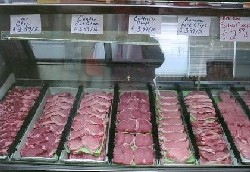


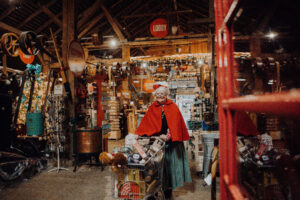
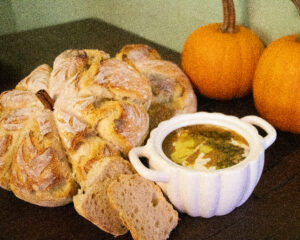

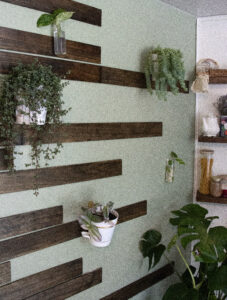
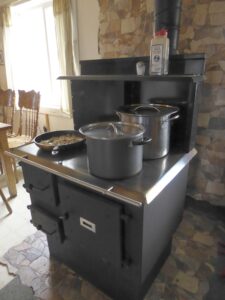



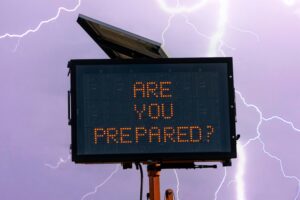

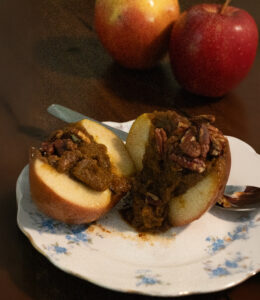

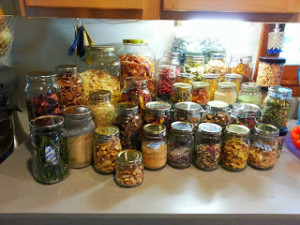
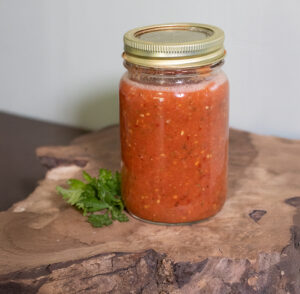
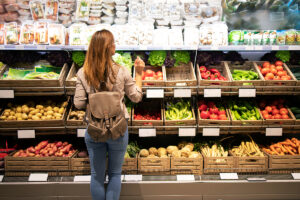








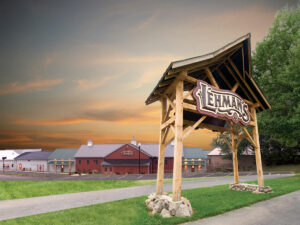
love those catalogs. what better way to spend an hour (or more)?